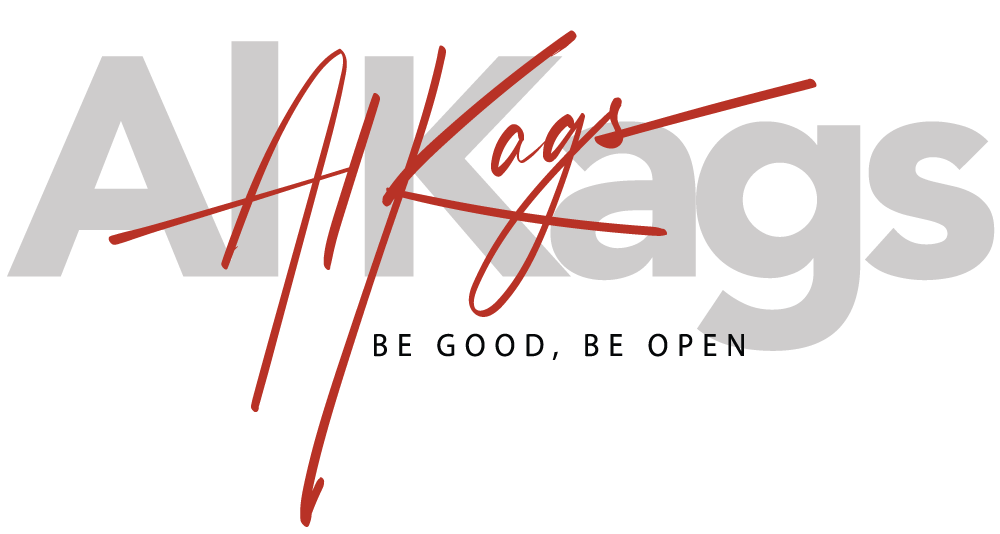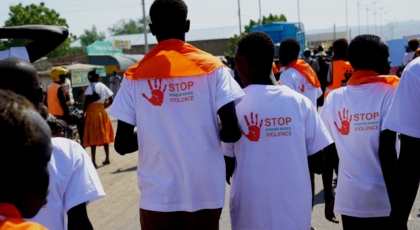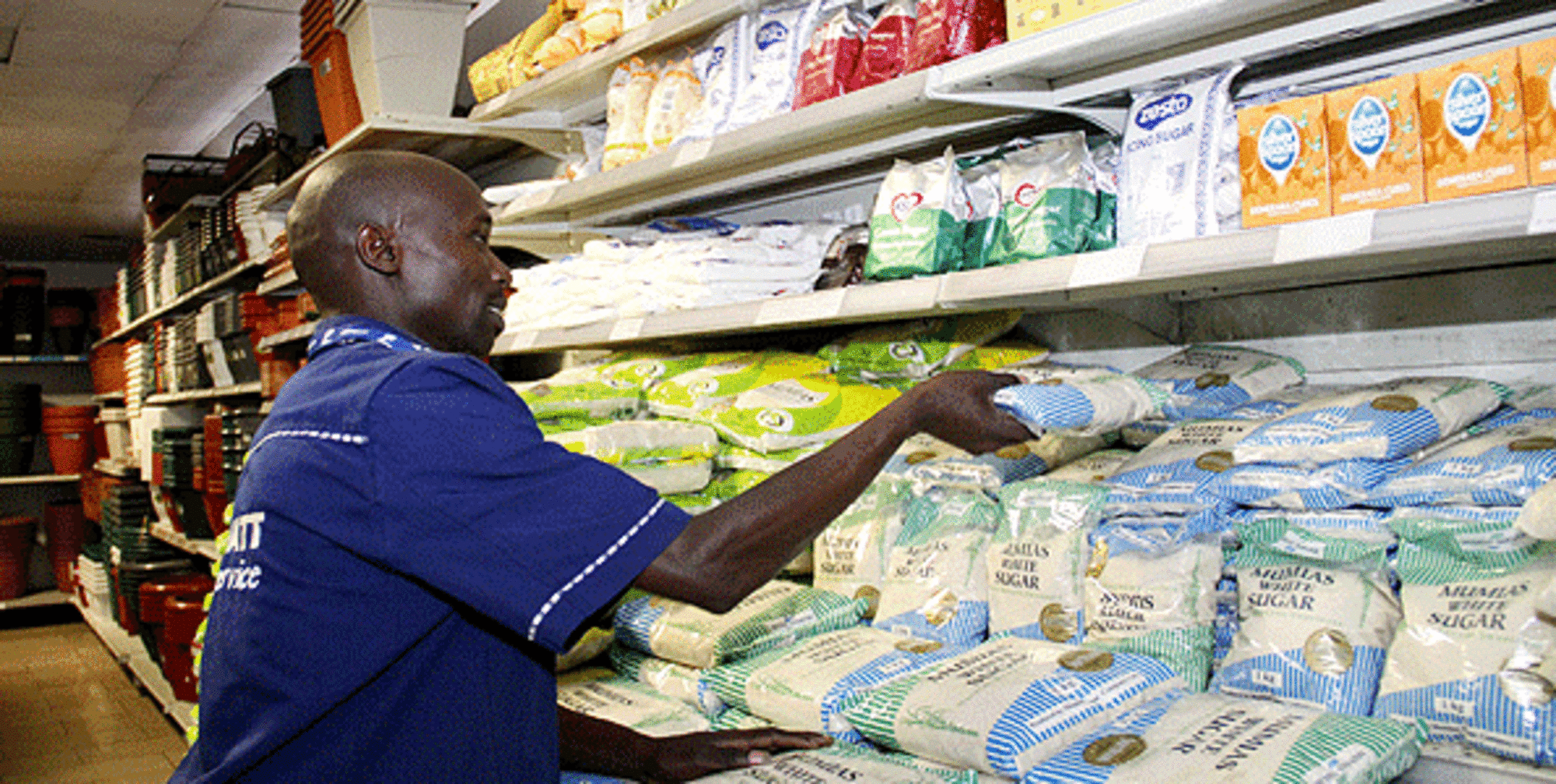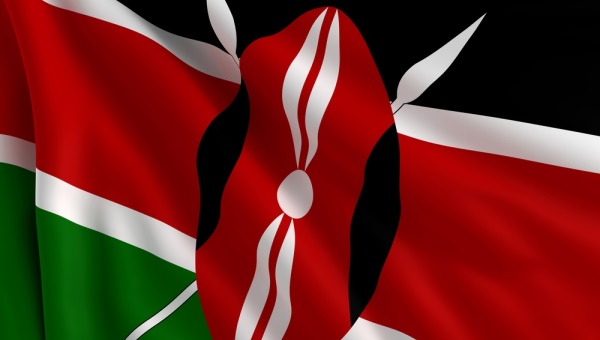For years, the localisation movement in global development has been gathering momentum, challenging traditional donor-led models that have defined aid for decades. The shift from large international agencies to Community-Based Organisations (CBOs)—the true definition of local—has been a hard-fought battle. Initiatives like Maono, which focus on strengthening grassroots changemakers, have demonstrated that development is most effective when led by those who know their communities best.
Then, USAID collapsed.
The abrupt dismantling of the world’s largest bilateral aid agency under the Trump administration in the name of government efficiency has sent shockwaves across the development sector. The move, which includes slashing USAID’s staff from 10,000 to just 600 and merging its functions into the State Department, is a seismic event. But beyond the bureaucratic restructuring, this shift threatens to derail the localisation movement and undo years of progress towards African-led development.

The Promise and Limits of Localisation
Before USAID’s collapse, localisation had been on a steady but uneven rise. The agency had set a goal to direct 25% of its funding to local partners by 2025—a move hailed as a significant shift in power dynamics. This commitment inspired other donors to rethink their strategies. It wasn’t just about money but power, autonomy, and respect for local expertise.
However, research by Publish What You Fund revealed that USAID’s localisation strategy had serious flaws. The agency’s broad definition of a “local partner” included local offices of international NGOs, distorting the reality of funding flows. Publish What You Fund called for a stricter definition to ensure localisation, which meant directly funding organisations rooted in their communities—not global development giants with local branches.
Despite these challenges, real progress has been made. Across Africa, CBOs were the most effective agents for sustainable development. They are embedded in their communities, operate with trust, and respond in real time to shifting needs.
The Immediate Fallout: Projects in Peril
With USAID’s closure, thousands of locally driven projects face an uncertain future. Many community health initiatives, education programmes, and economic empowerment efforts had been designed assuming that USAID’s funding commitments would continue. Now, the rug has been pulled out from under them.

In Kenya, organisations leading maternal health initiatives are already shutting down. “The loss of USAID funding is devastating for community-led projects,” says Dr. Rose Oronje, Director of Public Policy at the African Institute for Development Policy (AFIDEP). “We were finally seeing a shift towards real grassroots funding. Without this, local organisations risk falling back into dependency on international NGOs.” (AFIDEP)
The humanitarian sector is already feeling the tremors. As The Atlantic reports, USAID’s shuttering has halted critical health programmes, including efforts to combat HIV, malaria, and maternal mortality. Without these funds, frontline organisations that have spent years building local trust and infrastructure may collapse.
A Return to Old Power Structures?

The fear now is that without USAID, international NGOs and multilateral organisations will step back in to fill the gap—but on their terms.
Historically, large international organisations have struggled to relinquish control. Localisation was an attempt to shift that dynamic, allowing local organisations to lead while donors took on a more supportive role. However, with USAID’s abrupt departure, the old, centralised funding structures could return with a vengeance.
Donors may revert to traditional intermediaries instead of directly funding local actors: large international NGOs with longstanding relationships and well-oiled grant application machinery. The risk? Localisation doesn’t just slow down—it reverses.
“This is a test for the entire aid ecosystem—if we allow international institutions to reclaim power, we will have failed,” says Hibak Kalfan, Executive Director of the Network for Empowered Aid Response (NEAR). “CBOs are the backbone of real change, and we must ensure that power and funding remain in their hands.”
The Global Ripple Effect: Will Localisation Survive?
USAID was not just another aid agency—it often dictated the direction of global aid trends, including localisation. Its embrace of localisation, despite its flaws, sent a message to the worldwide development community that locally led development was the future. Other donors, including European development agencies and private foundations, had begun integrating localisation principles into their funding strategies.
Now, there is concern that these actors may retreat. With the largest bilateral donor stepping away, will other players—such as African development banks and homegrown philanthropic networks—step in to fill the gap? Or will localisation lose its momentum?
A Path Forward: Building an African-Led Funding Model
This crisis could be an inflexion point. Localisation is too important to abandon. If the development community is serious about sustainable and effective aid, now is the time to double down.
Three key actions need to happen immediately:
- Strengthen Alternative Funding Sources: With USAID gone, new funders must step up. African-led development funds, regional philanthropic networks, and innovative financial partnerships must take the lead.
- Invest in Local Financial Ecosystems: Community-based organisations need direct, predictable funding that isn’t vulnerable to shifting international donor priorities. This means developing local financing mechanisms such as endowments, impact investment funds, and regionally controlled development finance institutions.
- Hold Donors Accountable: If USAID’s demise teaches us anything, transparency and accountability in funding structures matter. Publish What You Fund’s work in scrutinising localisation commitments must continue to ensure that aid reaches the right hands.
The Future of Localisation is in Our Hands
The localisation movement has been dealt a severe blow. The collapse of USAID is not just an institutional shift but a power shift. Unless the global development community responds strategically, we risk watching a decade of progress unravel.
The future of aid must not be dictated externally. African institutions, funders, and development leaders must now lead the charge. Without USAID, localisation will either fade into history or emerge more potent than ever—as an unstoppable movement driven by those it was always meant to serve.
Also read: Localisation: “How does this initiative tie up to national policy?





